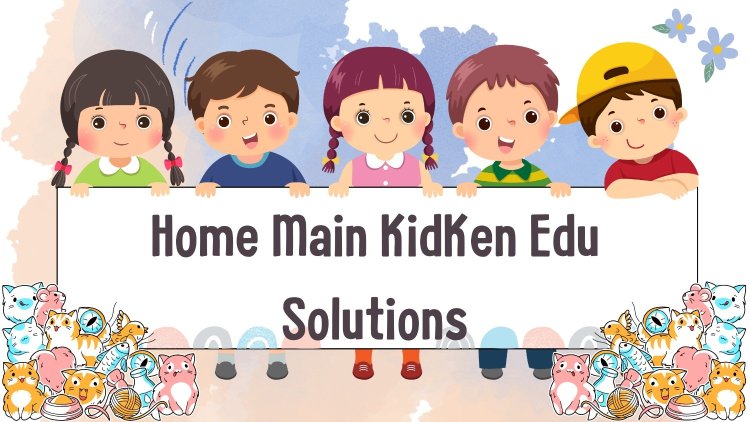The Ultimate Guide to Choosing Montessori Learning Equipment
Montessori learning equipment plays an important role in creating an engaging and effective learning environment for children.
Share this Post to earn Money ( Upto ₹100 per 1000 Views )

Montessori learning equipment plays an important role in creating an engaging and effective learning environment for children. Whether you’re a parent looking to set up a Montessori-inspired space at home or an educator stocking a classroom, selecting the right equipment is essential. In this guide, we’ll explore the key factors to consider when choosing Montessori learning materials to ensure you’re providing the best possible learning experience for your child students.
Understanding Montessori Philosophy
To choose Montessori teaching tools, it is important to understand the philosophy behind Montessori education.
Founded by Dr. Maria Montessori, this approach emphasizes child-led learning, independence, and hands-on exploration. Montessori materials are carefully designed to facilitate self-discovery and mastery of concepts through sensory experiences.
Principles of Montessori Learning Equipment
Montessori teaching tools by several key principles:
Purposeful Design: Each material is purposefully designed to isolate a specific concept or skill, allowing children to focus their attention and develop understanding gradually.
Hands-On Manipulation: The materials are manipulative, allowing children to engage their senses and interact directly with the learning material.
Self-Correcting: Montessori materials are self-correcting, meaning that children can independently identify and correct errors, fostering a sense of autonomy and self-confidence.
Sequential Progression: Materials are in a logical sequence, systematically building on prior knowledge and skills.
Types of Montessori Learning Equipment
Montessori learning equipment covers a wide range of subject areas, including:
Sensorial Materials: These materials stimulate the senses and help children refine their perception of the world around them. Examples include the Pink Tower, Knobbed Cylinders, and the Binomial Cube.
Mathematics Materials: Montessori maths materials introduce abstract mathematical concepts through concrete, hands-on experiences. Examples include the Golden Beads, Number Rods, and the Decimal Board.
Language Materials: Montessori language materials support the development of reading, writing, and language comprehension skills. Examples include the Sandpaper Letters, Moveable Alphabet, and Grammar Symbols.
Practical Life Materials: These materials help children develop independence, fine motor skills, and practical life skills. Examples include Pouring Activities, Dressing Frames, and Food Preparation Materials.
Cultural Materials: Montessori cultural content explores concepts of geography, history, and science, fostering a sense of connection with the world. Examples include the Continent Maps, Timeline of Life, and Botany Materials.
Choosing Montessori Learning Equipment
When selecting Montessori learning equipment, consider the following factors:
● Age Appropriateness: Materials that are suitable for your child’s age and developmental stage.
● Quality: Contribute to high-quality materials that are strong and well-crafted to resist rehashed utilization.
● Authenticity: Equipment that adheres to authentic Montessori principles and standards.
● Versatility: Materials that can in multiple ways promote learning opportunities.
● Safety: Prioritizes Safety by choosing materials that are non-toxic and free from small parts that could pose a choking hazard.
Conclusion
Montessori learning equipment plays a vital role in creating a stimulating and enriching learning environment for children. By understanding the principles of Montessori education and carefully selecting materials that align with these principles, parents, and educators can provide children with the tools they need to explore, discover, and thrive. Whether setting up a Montessori-inspired space at home stocking a classroom, choosing the right equipment is essential for fostering a love of learning supporting children’s development all areas of life.









